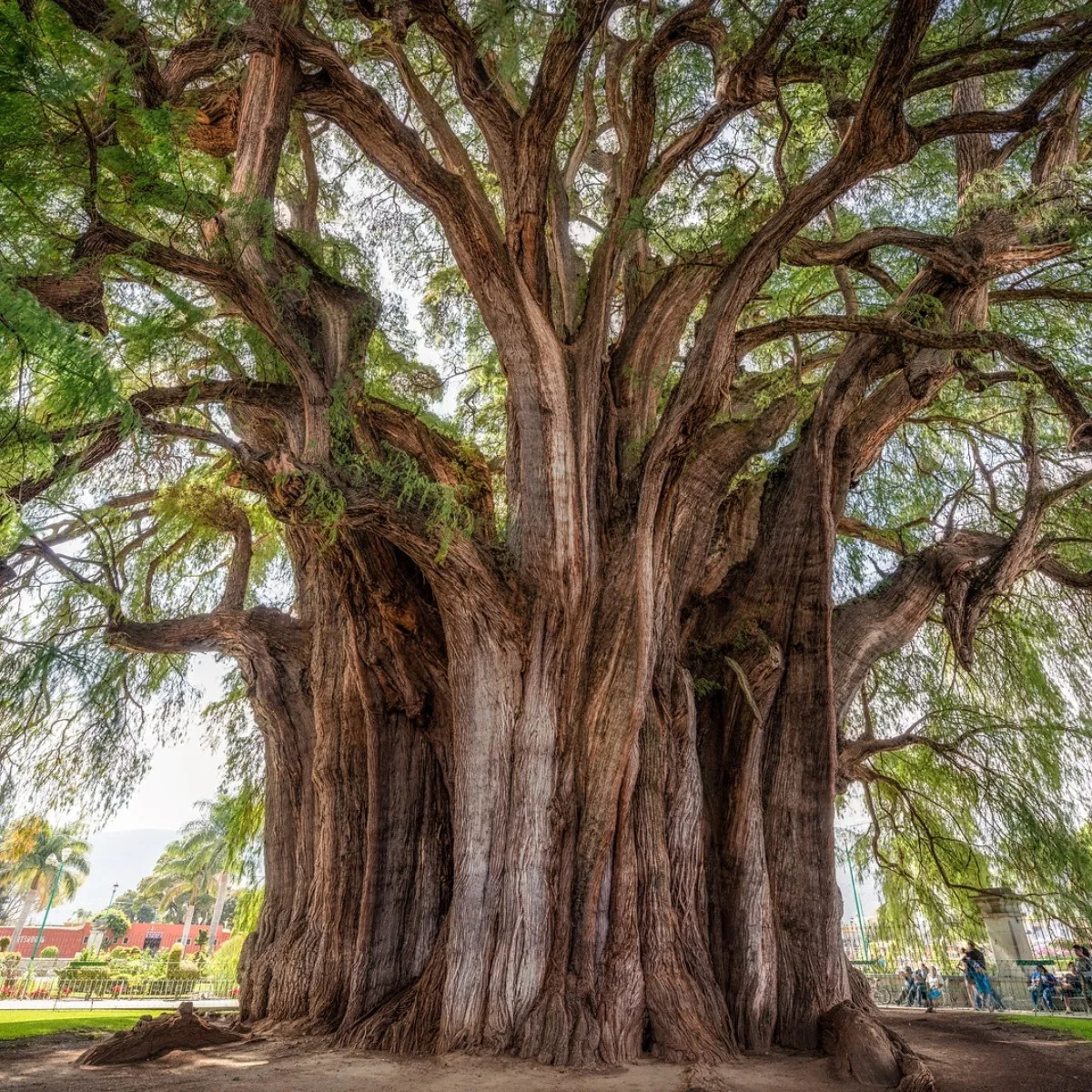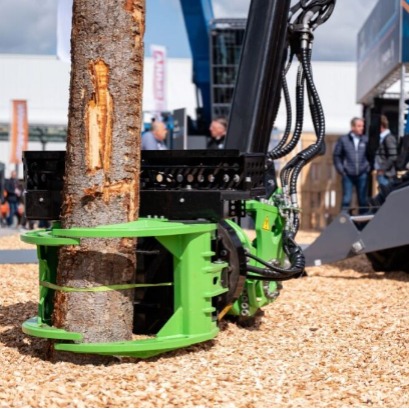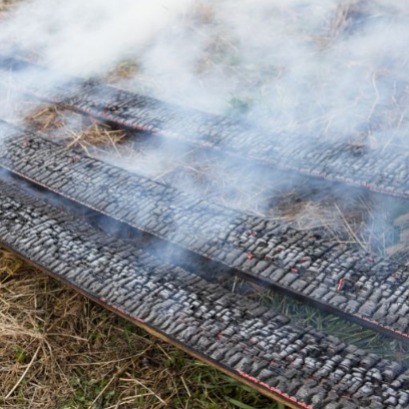
Curiosities of nature
The Tule Tree in Oaxaca, Mexico
In Oaxaca, Mexico, there is one of the trees with the largest trunk circumference in the world. The Tule tree, as it is known, exudes fullness at its nearly 2,000 years of age since, according to legend, it was planted in a sacred place. If 10 midsize cars were placed side by side in a circle, this would be about the same size as the circumference of this tree. The species is native to Mexico, although it is also found in very localized areas of southern Texas and northwestern Guatemala. In 1921, to celebrate the centenary of Mexican independence, the species was selected as a national tree for its splendor, beauty, longevity, colossal dimensions, and tradition. Fortunately, its wood is soft and weak, so it is not used for construction.
According to a Zapotec legend, it maintains that it was planted about 1,400 years ago by Pechocha, priest of Ehécatl, god of the wind. Another legend says that some leaders of the great nations met and decided to separate into 4 groups, heading to the 4 cardinal points and in each one they planted ahuehuetes, the great Tule would be one of them. There is a tendency to affirm that its location is a sacred site.

IT MAY INTEREST YOU
 Germany | The forest industry guides Ligna 2025 visitors for new paths towards greater efficiency of resources
Germany | The forest industry guides Ligna 2025 visitors for new paths towards greater efficiency of resources
Wood supply as raw material is essential for the world carpentry industry and wood processing, which will meet in Ligna 2025 in Hannover from May 26 to 30. As a reflection of this, the Forest Section of the world leading fair will show all aspects of the optimized methods for the use of wood. Modern -scale modern forest machinery, mobile sawmills, smart logistics and safe transport - such as technical pioneers in the use of wood as material and energy - will be the protagonists, together with the crucial efforts to preserve forests as a sustainable source of raw materials for future generations and prepare them for the challenges of the future.
 Burned wood: the Japanese technique that beautifies and protects the material
Burned wood: the Japanese technique that beautifies and protects the material
Elegant, ecological and resistant: the wood treated with the millenary technique called Yakisugi challenges the weather and the passage of time. In the world of design and construction, a Japanese ancestral technique is gaining prominence. This is the Yakisugi (also known as Shou Sugi Ban), a method that consists in burning the surface of the wood to make it more resistant and attractive. Although it may seem contradictory, exposing wood to fire gives natural protection against moisture, insects and deterioration over time.
 The new edition has come out!
The new edition has come out!
Inspiration, innovation and the latest in the world of wood and furniture await you.





















